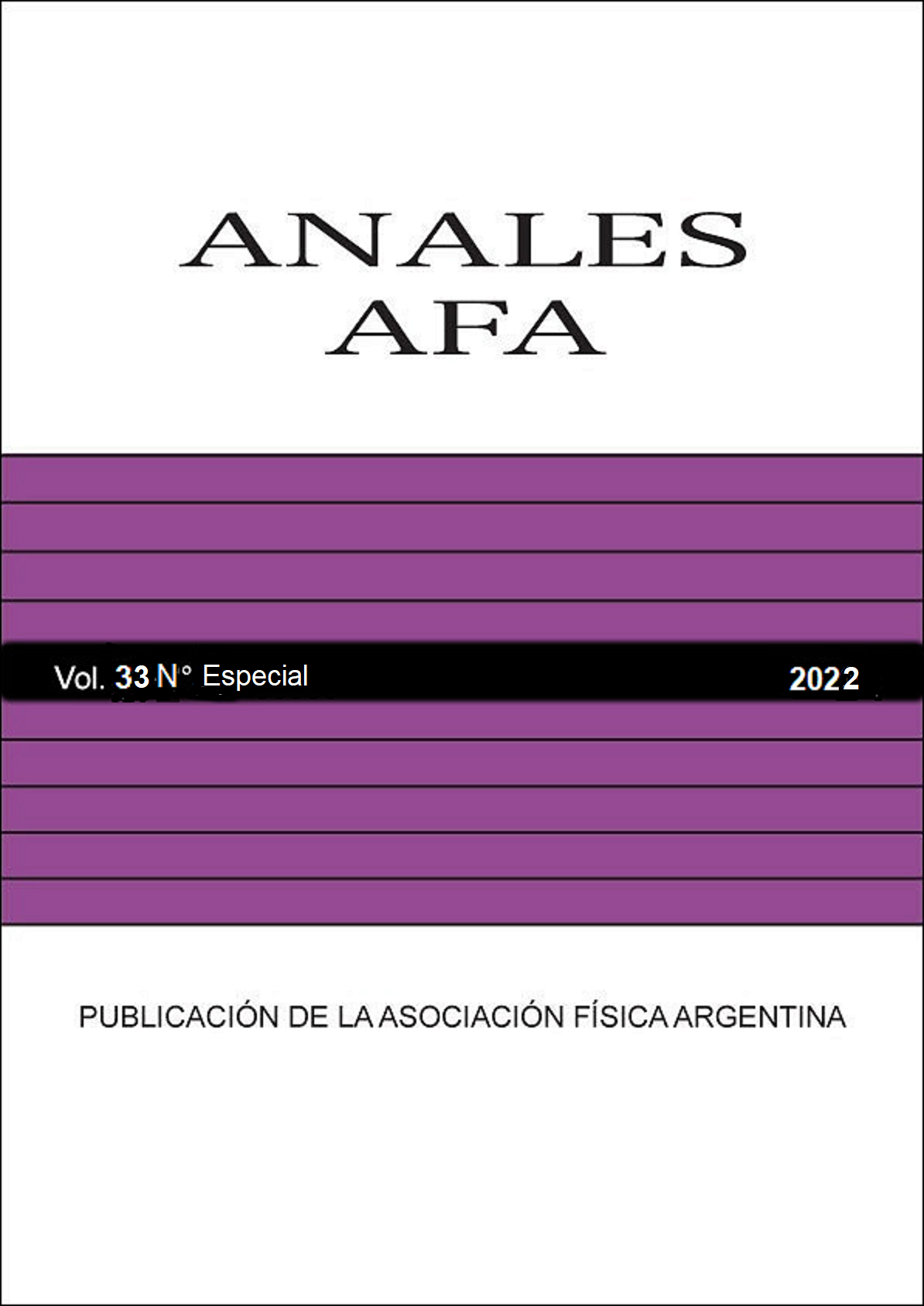IMPACT OF DESIGN PARAMETERS ON THE NATURAL VENTILATION OF A FAMILY HOUSE ATTIC FROM SANTA FE (ARGENTINA)
Abstract
The roof of a family home introduces important amounts of heat into the house. In Santa Fe city (Argentina), the attic of social family houses is not designed with thermal optimization purposes. In this work, a low Reynolds number k-e turbulent model is computationally implemented to show that a proper selection of constructive parameters of a vented attic leads to a great reduction of the heat transferred from the roof to the ceiling. The main physical consequence of a vented attic is the existence of a convective flow barrier close to the roof that carries important amounts of heat from the attic out to the environment. It is shown that the heat transferred through the ceiling to the interior of the house can be reduced in more than 70% for summer conditions. Roof pitch and attic volume are also explored.




